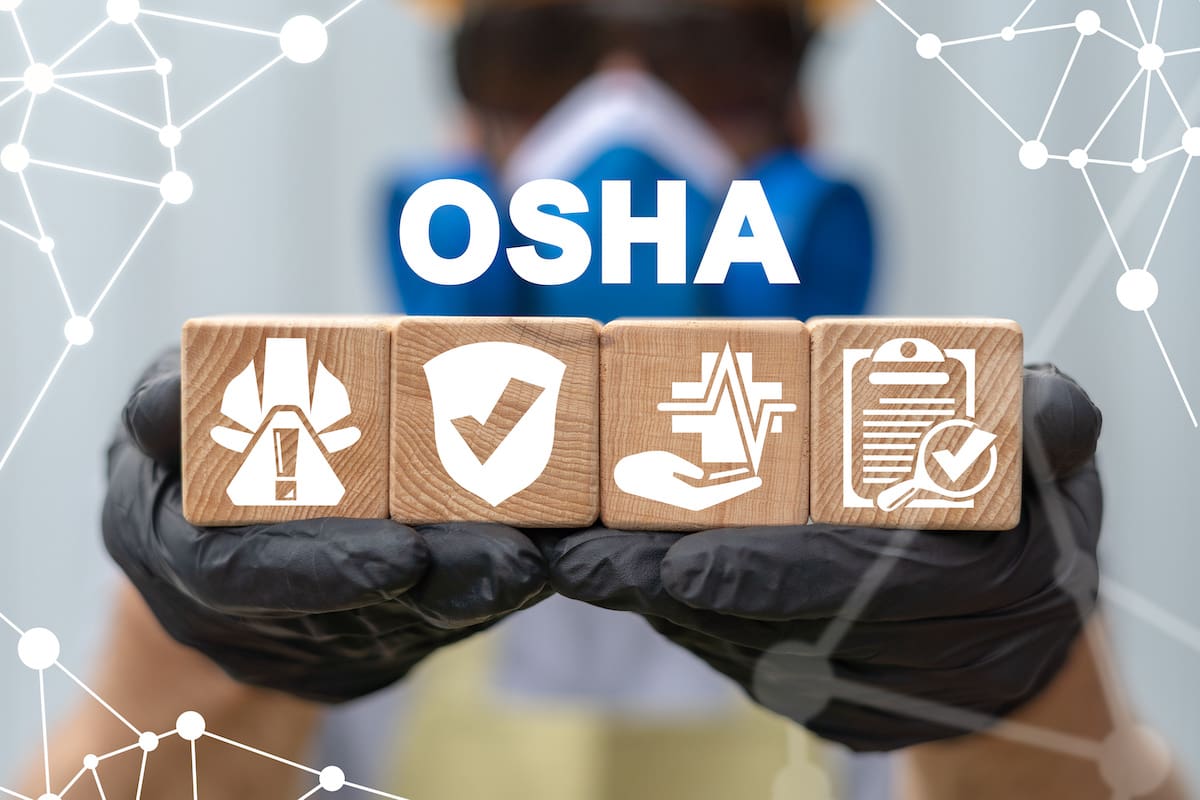By Johnny Andon, Global Regulatory Affairs Manager

When the Globally Harmonized System (GHS) was first developed, different countries came on board at different times. For example, the US adopted revision 3 while Canada adopted revision 5. But in order to meet the GHS’s mission of providing a harmonized method for chemical hazard communication, countries are making a push to bring their GHS adoption to more recent revisions. The EU was first in adopting GHS revision 7 at the end of last year. Australia has adopted it with a 2 year transition period effective January 2021. Brazil is in the review phase as of November 2020. New Zealand has adopted it as of April 2021. And now the US and Canada are working on aligning their HazCom Standards with GHS Revision 7 as well.
OSHA’s proposed rulemaking to amend the 2012 Hazard Communication Standard (HCS) was released on February 05, 2021, and is currently accepting comments from stakeholders until May 19, 2021, and there will be significant changes involved to SDSs and Labels. Some of the more important ones to keep in mind are outlined below:
- The adoption of the Desensitized Explosives classification.
- Flammable Aerosols will now be simply called Aerosols and there is an updated definition for this physical category along with the adoption of Category 3 Non-flammable aerosols.
- Flammable Gases Category 1 will be subdivided into Category 1A (to include pyrophoric gases and chemically unstable gases) and Category 1B (to include flammable non-pyrophoric gases as well as chemically stable gases).
- Section 3 will prescribe fixed concentration ranges when claiming trade secrets.
- Section 3 of the SDS will also allow the concentration ranges to be withheld as a trade secret. Previously, even if an ingredient was claimed as a trade secret, a concentration range still had to be provided.
- In Section 9, the list of properties must be displayed in the order prescribed by GHS Revision 7.
- New sub-collections to be added to Sections 11 and 14.
- Updates to the definitions of Explosives, Gases under pressure, Flammable liquids, Flammable solids, Self-heating chemicals, and Oxidizing solids.
- The Hazard label must now include the “date chemical is released for shipment”.
- Prescribed requirements for small container labels (pull-out, fold-back, tags, etc.).
There is still no word on when the proposed rulemaking will be adopted or how long of a transition period will be afforded to the actors in the supply chain. However, GSM will continue monitoring the situation and keep our customers informed of what actions they need to take to stay up to date with chemical hazard compliance in the US.
GSM is committed to helping you navigate regulatory updates and stay compliant. Please contact GSM to find out how we can help.


